The weird and experimental aircraft guns of World War I
- By Travis Pike
Share This Article
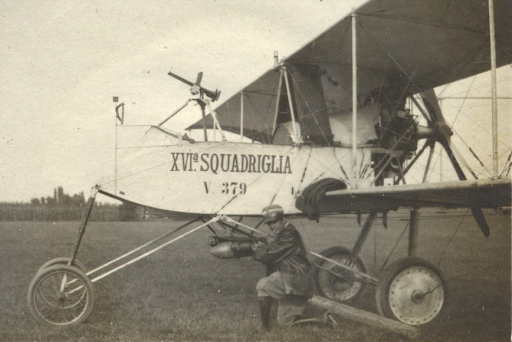
On December 17, 1903, the Wright Brothers made history with their flight at Kitty Hawk, North Carolina. Their achievement was not only a milestone in aviation but also a significant step towards the integration of aircraft into military operations. By 1908, they had secured a contract with the U.S. Army Signal Corps, a move that underscored the instant appeal of manned flight to the military. As World War I loomed, most countries that would be involved in the conflict already had some form of plane. Initially used for reconnaissance, these planes quickly evolved into fighting platforms. However, the recency of planes in warfare presented military forces with significant challenges in developing airplane armaments; this, along with individual needs and the constant quest for improvement, led to the creation of some oddball aircraft guns.
Early aviation warfare was a new frontier, and countries were eager to experiment with different armaments. It was a period of trial and error, where everyone was willing to throw their hat in and try something new. Whether for air-to-air or air-to-ground engagements, the goal was to find the most effective armaments.
A M1911 in a cage
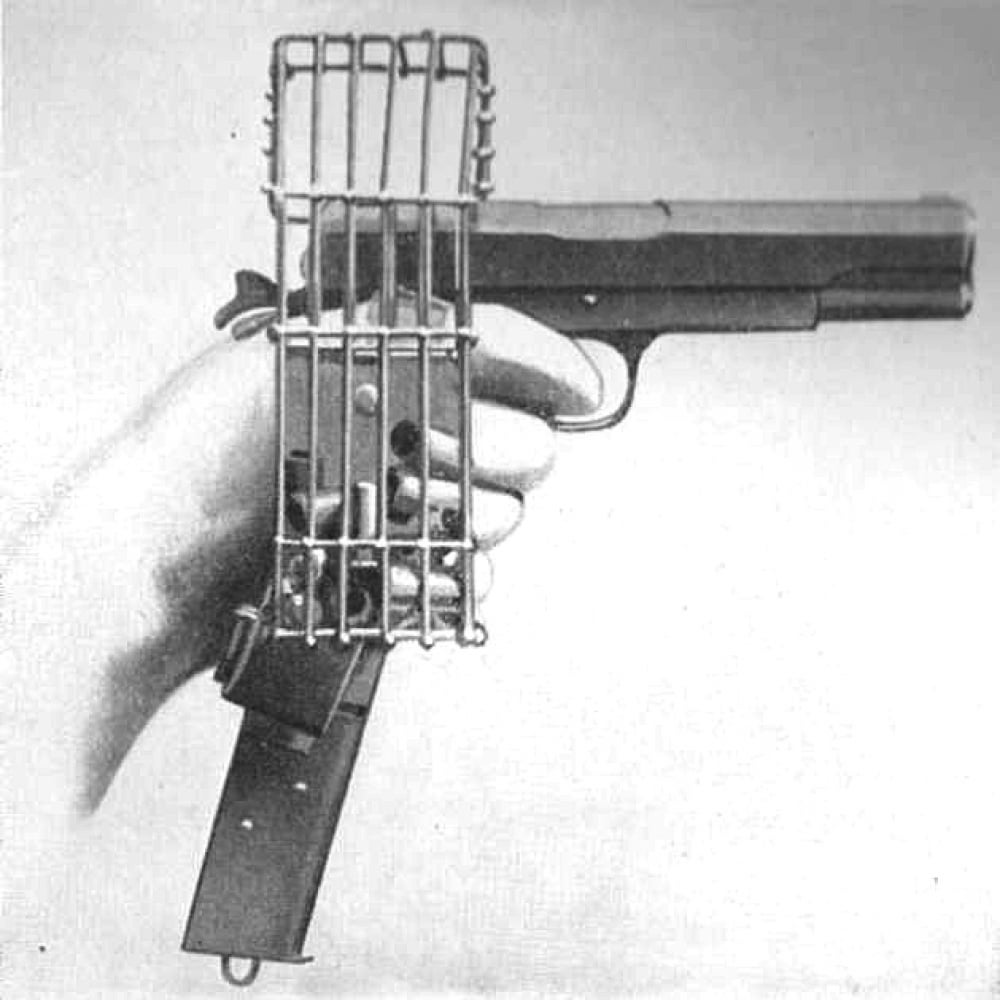
The M1911 pistol became one of the earliest armaments of WWI aircraft because it could fit in the cockpit. It was America’s service sidearm during World War I and many pilots carried it.
However, there was a genuine fear that the small casings could land on the floor and cause malfunctions with the aircraft’s foot controls. Therefore, the U.S. adopted the idea of using a specialized M1911 and wrapped a cage around one side to collect the hot empty casings. Additionally, an extended magazine was fitted to the gun to give the pilot a few extra chances to hit the threat.
Picture two men firing handguns at each other as they rode wood and fabric flying machines. Inventions like this point out the absurdity of war to me.
Related: How the Thompson SMG helped shape modern warfare
Just a pile of Mauser C96s
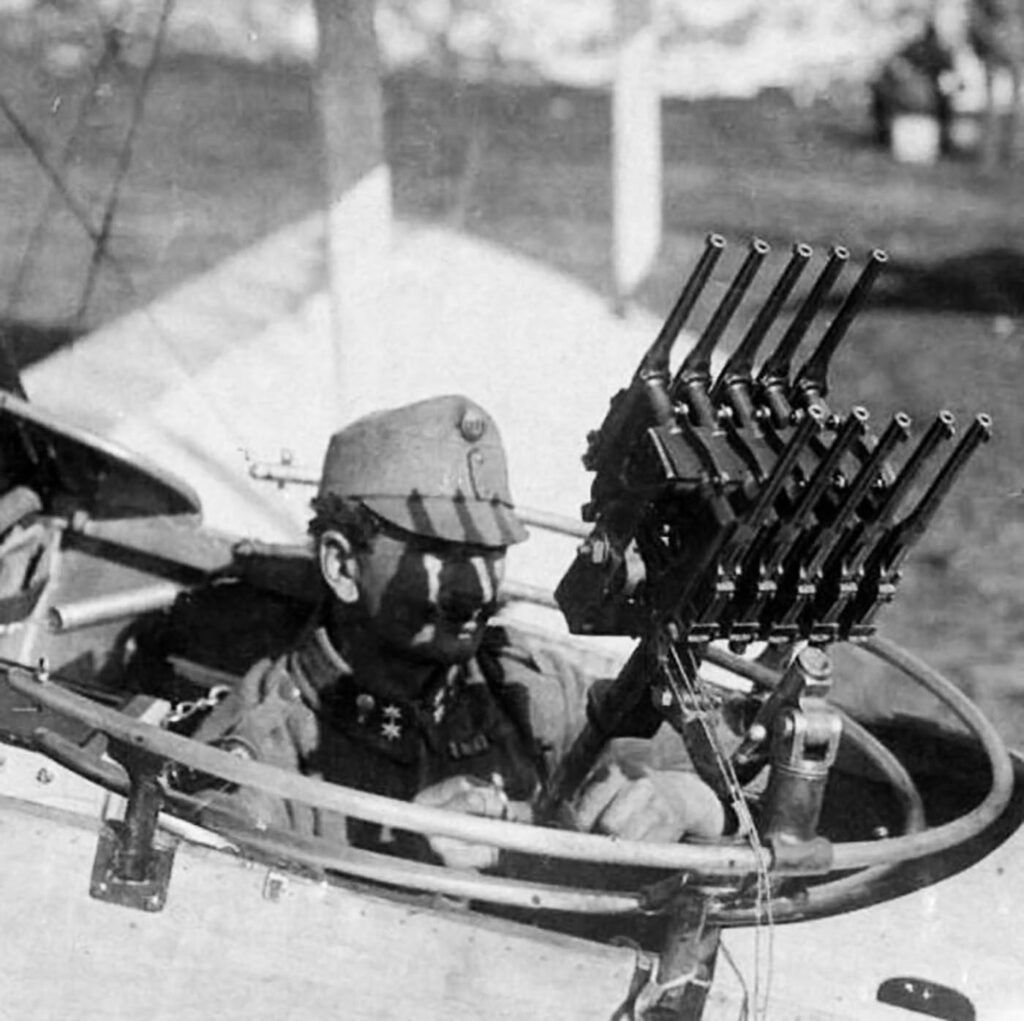
America went with a single pistol as its aircraft’s armament, but the Austro-Hungarian forces used 10 – yes, 10 C96 Mausers strapped together to create a wall of C96s for aircraft use. This contraption was used by the tail gunner. Each gun was connected to a rod which connected to a spade grip. Every time the trigger was pulled the contraption fired 10 rounds at one time.
Each gun held 10 rounds; this gave the gunner 100 rounds, or 10 volleys total. The system worked almost like a shotgun, which made hitting moving targets easier and the 7.62 Mauser cartridge used by the C96s was no slouch either.
Although, basically still a pistol and very limited, this Austro-Hungarian creation gets points for creativity.
Related: And you have my axe: The American lumberjacks of World War I
The Air Service 1903 Springfield

Machine guns would eventually become the main armaments of aircraft in WWI. However, they came with their own problems, including failure to fire, ruptured cases, and just general chaos. Further, due to their nature, if a malfunction occurred midflight it wouldn’t be possible to repair it. So, the U.S. decided to create a specialized rifle that acted as a backup weapon.
The Army Air Force wanted the semi-auto Winchester M1910 in .401 with incendiary or explosive ammo for the purpose – it didn’t get that. Instead, Springfield sent them the Air Service M1903 service rifle.
This bolt-action rifle had a 25-round magazine and a significantly trimmed handguard. Yet, it was still quite large for use in a small plane and also required a manual action between shots making it a terrible weapon for its intended role – although it was fine on the ground.
The Air Service 1903 Winchester represents the disconnect between the people making the weapons and the guys using them.
The Mondragon rifle

The Mondragon rifle took the longest route possible to arrive in World War I. Mexican General Manuel Mondragon designed the rifle for the Mexican military and it was an odd rifle all the way around: for one, it was a semi-auto design that could be converted to a straight-pull bolt-action if the user desired. The rifle was built by SIG, but Mexico wasn’t satisfied and canceled the contract.
When WWI came around, the Germans were grabbing any rifle they could, so they purchased about 4,000 of the rifles from SIG. These rifles weren’t great for the trenches, so they were sent to the German Flying Corps, which experimented with equipping the rifles with 12-round magazines and even 30-round drums. The weapon would eventually become known as the Aviator’s Self-loading Carbine, Model 1915.
Although its semi-auto design made a lot of sense for an aircraft rifle, it would eventually be replaced by machine guns. The weapon’s drum design would later go on and inspire the snail drum for the Luger pistol.
Related: The trench guns of World War I
Vickers-Crayford Rocket Gun
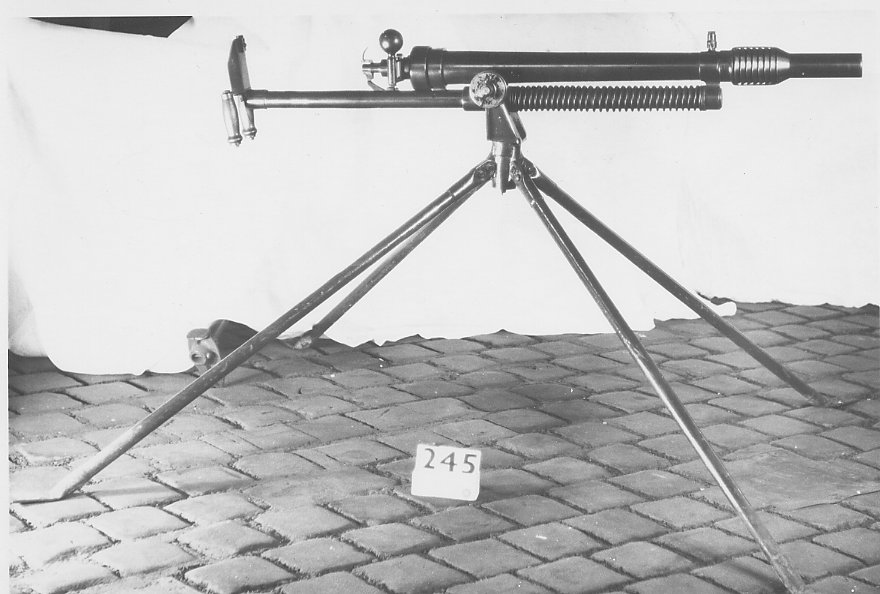
Right off the bat, despite its name, this thing didn’t fire rockets; it fired shells. The weapon was designed to be a light artillery piece for the infantry, but some creative British lad decided to stick it on a plane. The British used the Vickers-Crayford Rocket Gun on planes to attack airships and observation balloons, as well as ground targets like trains, tanks, and supply points.
In practice, the gun worked but was slow to reload and fire. The rounds would often hangfire, meaning they wouldn’t fire when the trigger was pressed but shortly after.
The use of the Vickers-Crayford Rocket gun was limited, and operationally, we don’t know much. However, we do know the gun stopped a German train at one point, which makes for an interesting story.
Villar Perosa Aircaft Submachine Gun

Using a submachine gun on an aircraft submachine gun might sound ridiculous, but remember this was a new frontier. The Villar Perosa was made for the infantry as a light support weapon but was eventually adopted by the Italian Air Corps.
The Villar Perosa is what happens when you combine two guns into one. The gun is essentially two submachine guns before submachine guns were a thing. They were fed from a 25-round top-mounted magazine and connected to a single trigger. It still fired a pistol round but was lightweight, full auto, and easy to reload with top-mounted magazines. The gun allowed for a very rapid rate of fire, which is critical for air-to-air combat.
For early plane warfare, it was not terrible, but its real contribution was helping create the first submachine gun.
As you can see, countries came up with versatile solutions to arm their aircraft. From handguns to proto-submachine guns, they threw everything they could at the wall and kept what stuck.
Synchronization gears eventually made machine guns the main armaments and a lot of these odd aircraft guns faded away. Nevertheless, those first years of military aviation bred some of the most interesting weapons to see combat.
Read more from Sandboxx News
Related Posts
Sandboxx News Merch
-

‘AirPower’ Golf Rope Hat
$31.00 Select options This product has multiple variants. The options may be chosen on the product page -

‘Kinetic Diplomacy’ Bumper Sticker (White)
$8.00 Add to cart -

‘Kinetic Diplomacy’ Bumper Sticker (Black)
$8.00 Add to cart

Travis Pike
Travis Pike is a former Marine Machine gunner who served with 2nd Bn 2nd Marines for 5 years. He deployed in 2009 to Afghanistan and again in 2011 with the 22nd MEU(SOC) during a record-setting 11 months at sea. He’s trained with the Romanian Army, the Spanish Marines, the Emirate Marines, and the Afghan National Army. He serves as an NRA certified pistol instructor and teaches concealed carry classes.
Related to: Military History
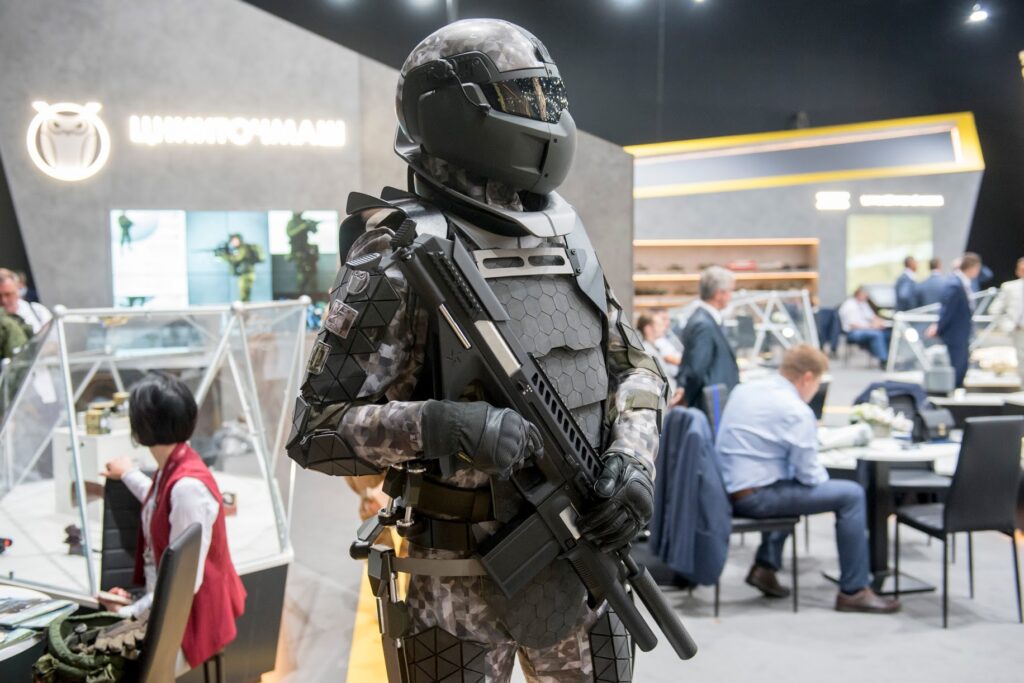
No, Russia’s futuristic Sotnik armor isn’t real

What does a Marine veteran think of Netflix’s ‘Rebel Ridge’?
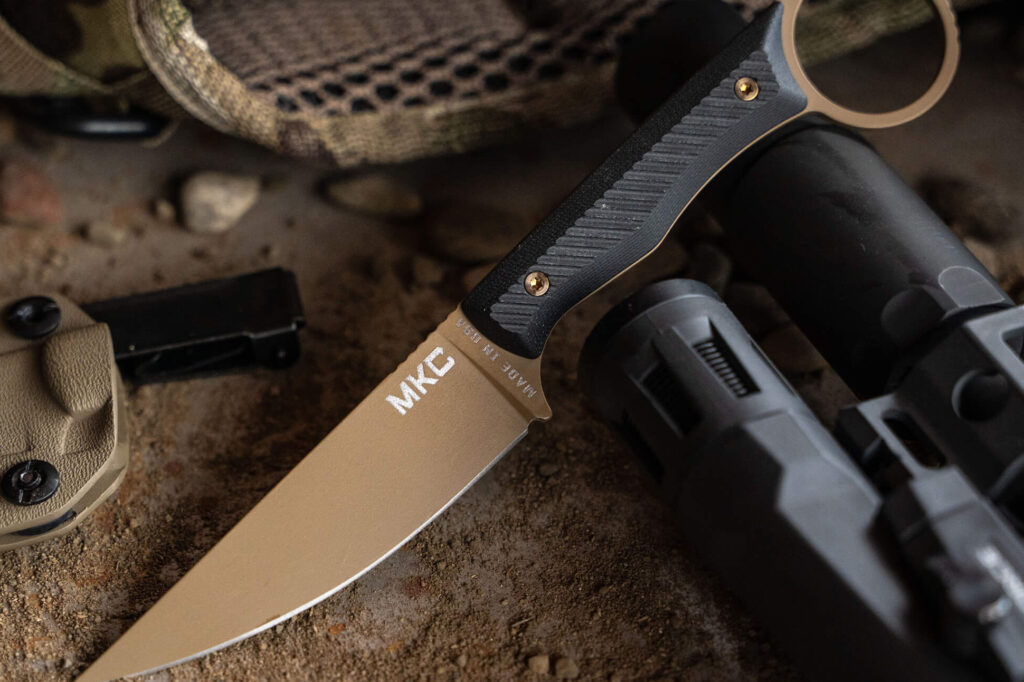
Montana Knife Company enters the tactical knife realm
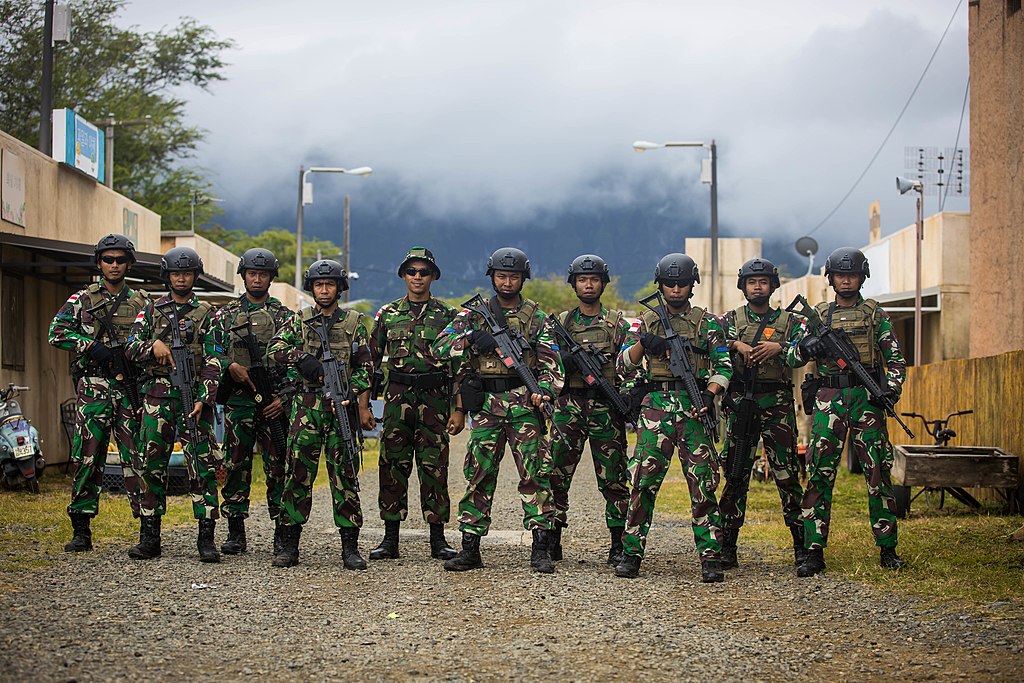
Indonesia’s Pindad SS2 – Service rifles from around the world
Sandboxx News
-

‘Sandboxx News’ Trucker Cap
$27.00 Select options This product has multiple variants. The options may be chosen on the product page -

‘AirPower’ Classic Hoodie
$46.00 – $48.00 Select options This product has multiple variants. The options may be chosen on the product page -

‘AirPower’ Golf Rope Hat
$31.00 Select options This product has multiple variants. The options may be chosen on the product page -

‘Sandboxx News’ Dad Hat
$27.00 Select options This product has multiple variants. The options may be chosen on the product page
